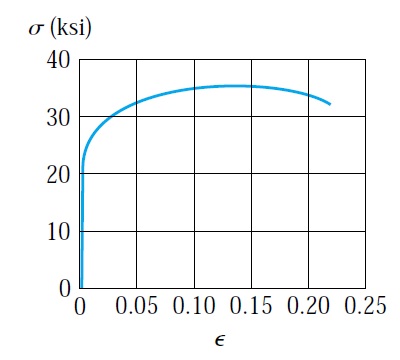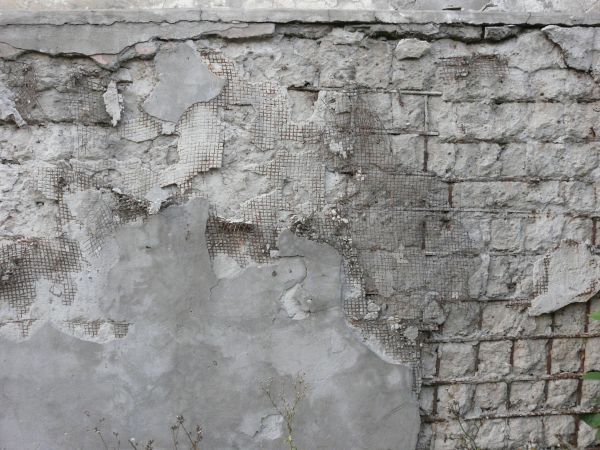Chamfers for concrete structures
In general, the edges of concrete members are chamfered. Usually during the process of installing forms for a structural member such as pile cap, a chamfer a PVC chamfer as shown in figure no:1 installed at the edges of the structural members. These chamfers will form smooth slanted edges, as shown in figure no:2. The size of chamfers can be 20x20mm or more as shown on the contract drawing. The PVC chamfer fixed to forms by nails. We should ensure that the PVC chamfer fixed in their correct locations, and we should ensure that the PVC chamfer is straight and not moving up or down. Checking the alignment and location of PVC chamfer is important, so the chamfered concrete edge will have a good appearance after the form’s removal.
Chamfering the concrete edges done for many reasons such as aesthetics, some suggesting that the chamfering of concrete edges done for safety to reduce the damage of objects due to impact with sharp concrete edges. Actually, chamfers in concrete structures will ease the formwork removal, and this considered as the main purpose of using chamfers in concrete structures. The formworks usually stick to the concrete surface and their possibility of damaging concrete, especially sharp edges. The breaking of sharp concrete edges is easier than the breaking of a chamfered edge. Using chamfers will protect concrete edges from breaking. The breaking of concrete edges will form an ugly and non-uniform appearance.
Figure 1
Figure 2
Chamfering the concrete edges done for many reasons such as aesthetics, some suggesting that the chamfering of concrete edges done for safety to reduce the damage of objects due to impact with sharp concrete edges. Actually, chamfers in concrete structures will ease the formwork removal, and this considered as the main purpose of using chamfers in concrete structures. The formworks usually stick to the concrete surface and their possibility of damaging concrete, especially sharp edges. The breaking of sharp concrete edges is easier than the breaking of a chamfered edge. Using chamfers will protect concrete edges from breaking. The breaking of concrete edges will form an ugly and non-uniform appearance.

















Comments
Post a Comment